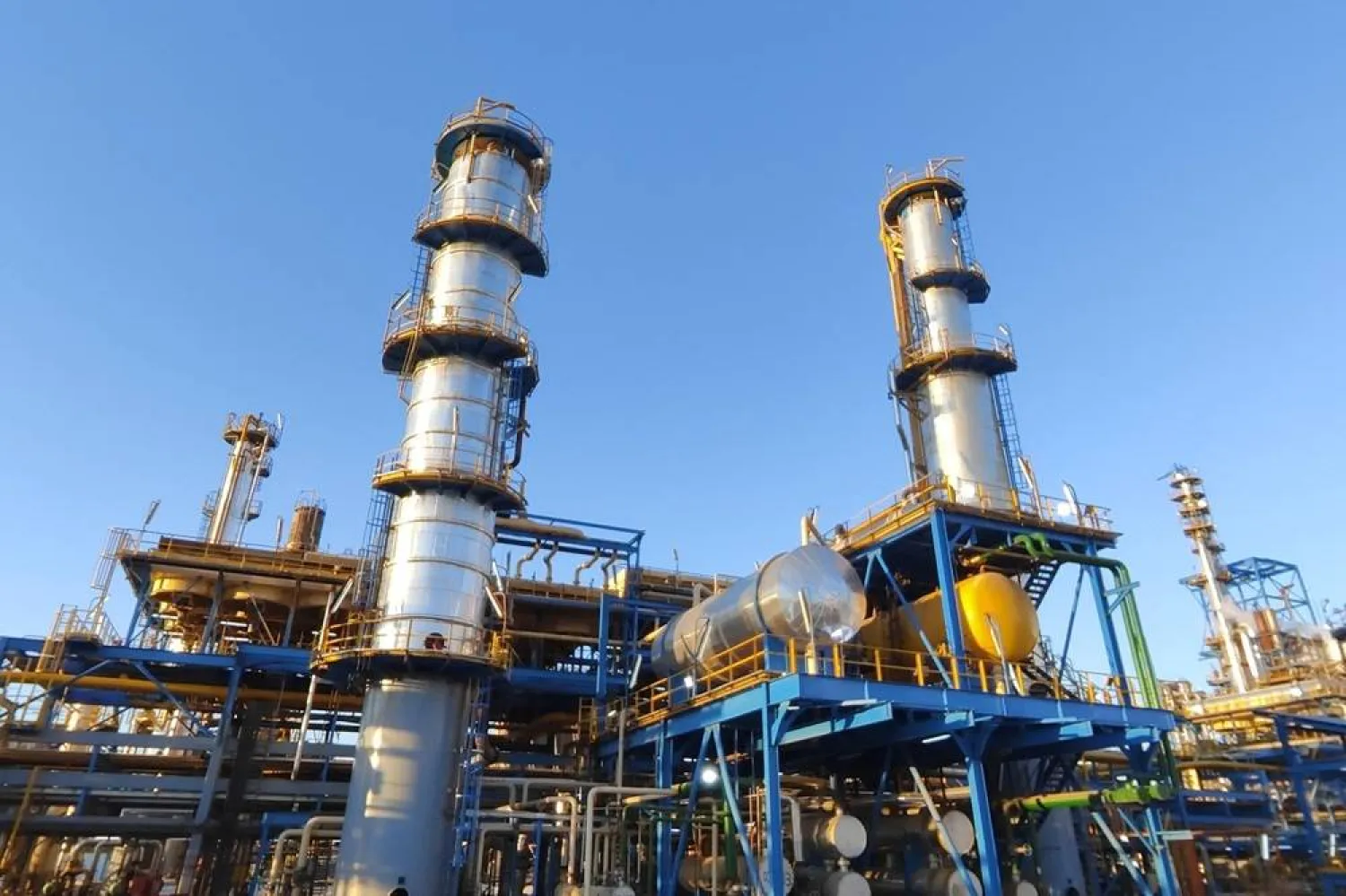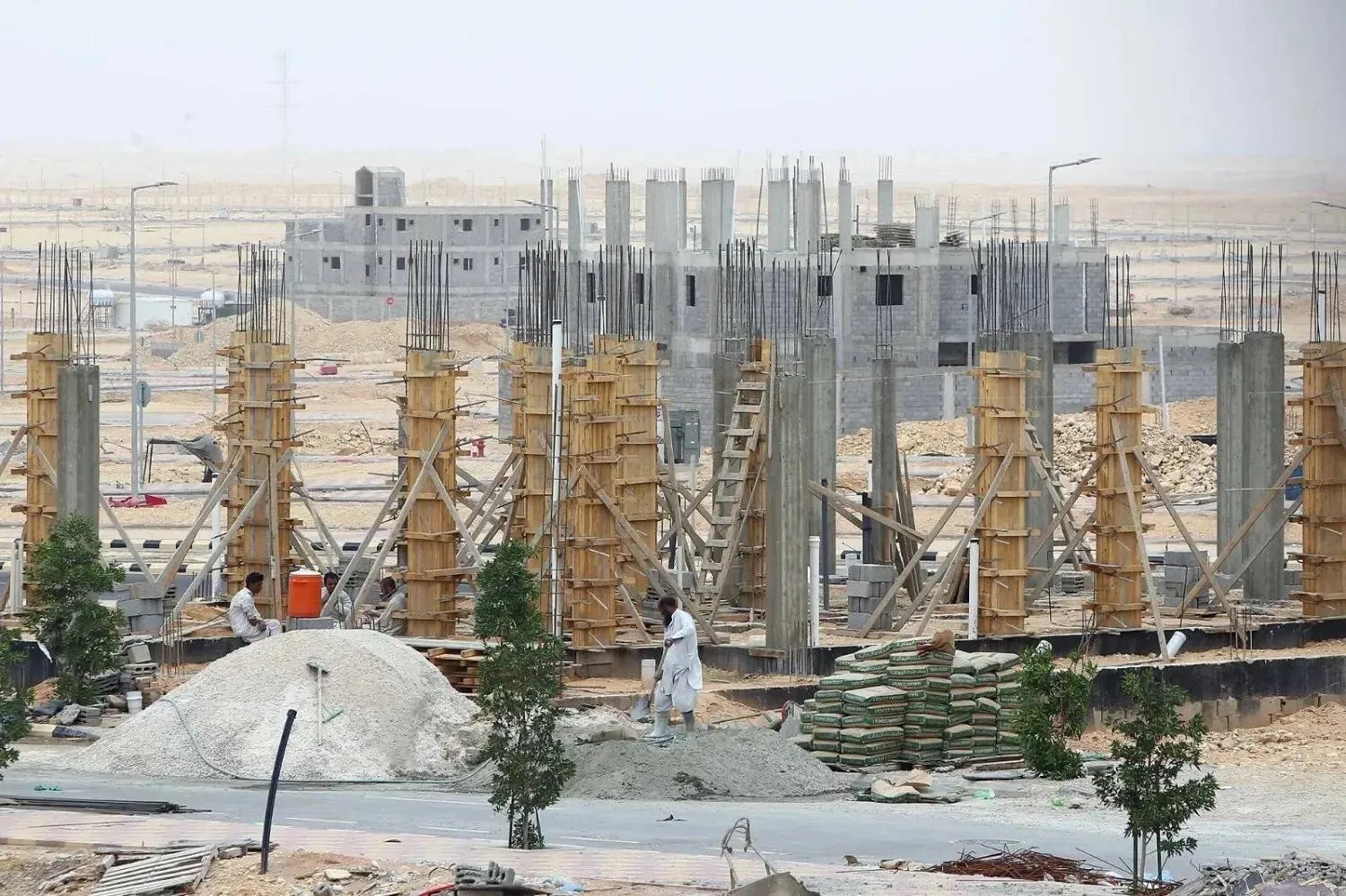The submarine tunnel project linking Morocco and Spain across the Strait of Gibraltar is back on the table of discussions between the two countries on the sidelines of the 12th Moroccan-Spanish high-level meeting in Rabat.
The two countries aimed to strengthen their partnership, but the project faced several obstacles that made its fate uncertain.
The Moroccan King Hassan II and King Juan Carlos I of Spain launched the project during a joint declaration in 1979.
Morroco’s National Company for the Studies of the Strait of Gibraltar and the Spanish Company for Fixed Telecommunications Studies Across the Strait of Gibraltar (SECEGSA) were established to conduct technical studies on the feasibility of the project.
Several excavations, studies, and experiments were conducted for this purpose 40 years ago.
After offering several options, the two companies decided at the end of the nineties to build a submarine tunnel and would link Punta Paloma (Tarifa) with Malabata (Tangier).
The project, which is among the largest in the world, is supposed to include two railways and a service and relief corridor. It is estimated at 38.5 kilometers, including 28 kilometers underwater, with a maximum depth of 475 meters.
For its part, SECEGSA says that the project would allow the passage of more than 13 million tons of goods and 12.8 million passengers annually, which could contribute significantly to the economic development of the western Mediterranean and increase the flow of Moroccan goods toward Spain.
However, over 100,000 ships pass yearly through the Strait of Gibraltar, restricting the passage of goods between the two countries.
The project remained saw no improvement during the past years, due to financial cuts in Spain, following the crisis of 2008 and due to diplomatic tensions between Rabat and Madrid.
However, the two countries normalized their relations after Madrid agreed last year to support the autonomy proposal proposed by Morocco as a solution to the Sahara conflict, which prompted their governments to revisit several joint issues.
The Spanish government allocated a sum of money within its 2023 budget to finance a new necessary study on launching the project’s construction.
The issue was also discussed during the high-level meeting between the governments in Rabat on Feb. 02, when the Spanish Minister of Transport, Raquel Sanchez, said that Madrid would push to speed up the studies, announcing the resumption of meetings of the joint committee on the project.
However, the project faces a technical problem, represented by the fact that the Strait of Gibraltar is located on the border of the European and African tectonic plates, a complex geological area with violent sea currents.
Professor of the Polytechnic University of Madrid, Claudio Olalla, told Agence-France Press that the tunnel would serve as a stimulus for the European and African economies.
He explained that the soil has poor quality, considering that the technical conditions are not suitable for constructing this tunnel.
On the technical level, the obstacles can be overcome, but the issue is about the project’s economic viability, increasing its cost, which has not yet been precisely determined.
Olalla also referred to the political obstacles associated with the periodic tensions between Madrid and Rabat, adding that the European Union fears the projects would be used for illegal immigration. Project sponsors deny illegal immigrants could use it.
Still, Olalla believes the project would eventually see the light, but not in the short run.









